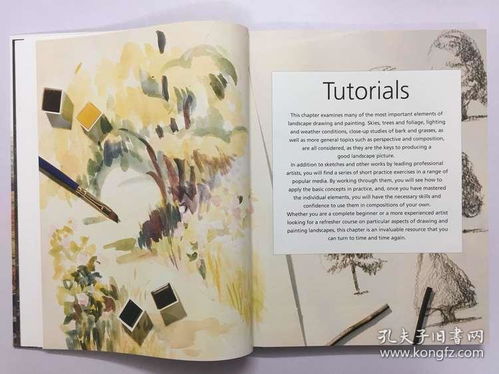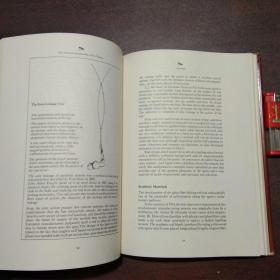Content:
Lure fishing, also known as spinning or casting fishing, is a popular and exciting method of catching fish. It involves using artificial lures to mimic the movement and appearance of real fish, enticing them to bite. Whether you're a beginner or an experienced angler looking to refine your skills, mastering the art of lure fishing can greatly enhance your fishing experience. In this article, we'll delve into the essential techniques for successful lure fishing.

Understanding Lure Fishing Basics
Before diving into the techniques, it's crucial to understand the basics of lure fishing. Lures come in various shapes, sizes, and colors, each designed to mimic different types of fish. Common lure types include spoons, spinners, jigs, and soft plastics. The choice of lure depends on the fish species, water conditions, and the time of year.
Choosing the Right Lure
Selecting the right lure is the first step towards successful lure fishing. Consider the following factors when choosing a lure:
- Fish Species: Different fish species prefer different types of lures. For instance, bass often go for spoons and soft plastics, while trout might be more attracted to spinners and jigs.
- Water Conditions: In clear water, use brighter and more colorful lures to attract fish. In murky water, opt for darker and more natural-looking lures.
- Season: During the spawn, fish are more likely to bite on smaller, more natural-looking lures. In the summer, larger and more vibrant lures can be more effective.
Essential Lure Fishing Techniques
Casting Techniques: The casting technique is fundamental to lure fishing. Here's how to do it:
- Hold the rod with a firm grip, keeping your elbow close to your body.
- Position the lure at the end of the line, then take a back cast to load the reel with line.
- Bring the rod back to your shoulder, then forward with a smooth, controlled motion to cast the lure.
- Practice your casting technique to ensure accuracy and distance.
Reeling Techniques: Once the lure is in the water, it's time to reel it in. Here are some key points:
- Start reeling slowly and smoothly to allow the lure to sink and reach the desired depth.
- Vary your retrieve speed to mimic the natural movement of prey.
- Use a stop-and-go retrieve to create a more lifelike presentation.
Bait Presentation: The way you present your lure can make a significant difference in your catch rate. Here are some tips:
- Vary your retrieve speed and direction to mimic the movement of real fish.
- Use a twitch-and-pause technique to make the lure look more natural.
- Pay attention to the water conditions and adjust your presentation accordingly.
Reading the Water: To be successful at lure fishing, you need to understand the water you're fishing in. Here are some tips:
- Look for areas with structure, such as rocks, logs, and weeds, as these are often prime spots for fish.
- Observe the water's surface for signs of fish activity, such as ripples or bubbles.
- Be patient and take your time to explore different areas.
Setting the Hook: When a fish strikes, it's important to set the hook quickly and efficiently. Here's how to do it:
- As soon as you feel a tap or a pull on the line, lift the rod tip quickly and sharply.
- Keep the rod tip high to help set the hook deeper into the fish's mouth.
- If the fish runs, maintain pressure on the line and be prepared to play it out.
Handling and Playing Fish: Once you've hooked a fish, it's time to play it. Here are some tips:
- Keep the rod tip high and use a steady pressure to tire the fish.
- Avoid reeling too quickly, as this can cause the fish to break off.
- Be patient and let the fish come to you; don't force it.
Safety and Etiquette
Lastly, always prioritize safety and etiquette when lure fishing. Here are some tips:
- Wear a life jacket if you're fishing from a boat.
- Be aware of your surroundings and other anglers.
- Respect the environment and other anglers by following local fishing regulations and keeping the area clean.
In conclusion, mastering the art of lure fishing requires practice, patience, and a good understanding of the techniques involved. By following these essential tips and honing your skills, you'll be well on your way to becoming a proficient lure fisherman. Happy fishing!












